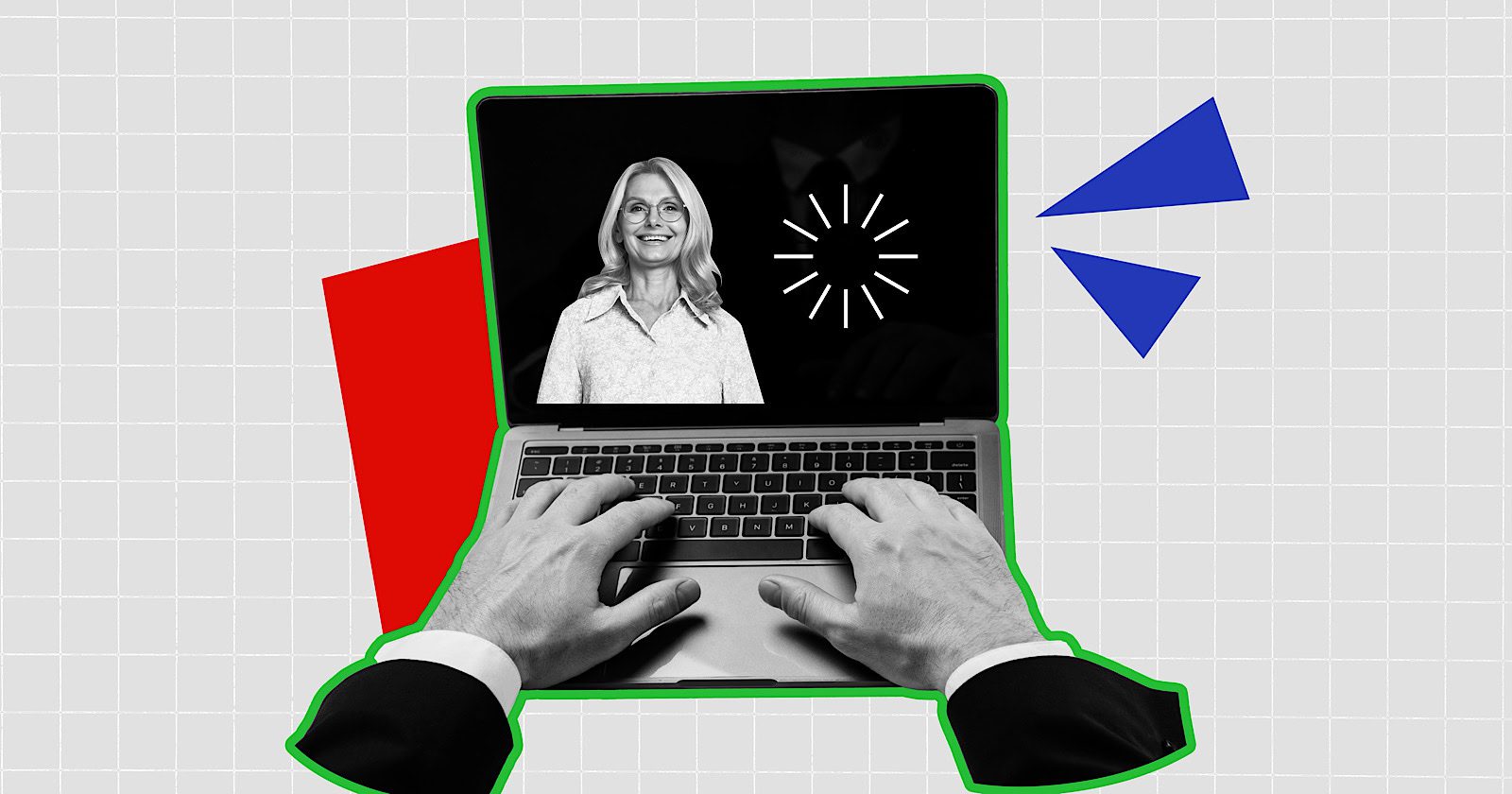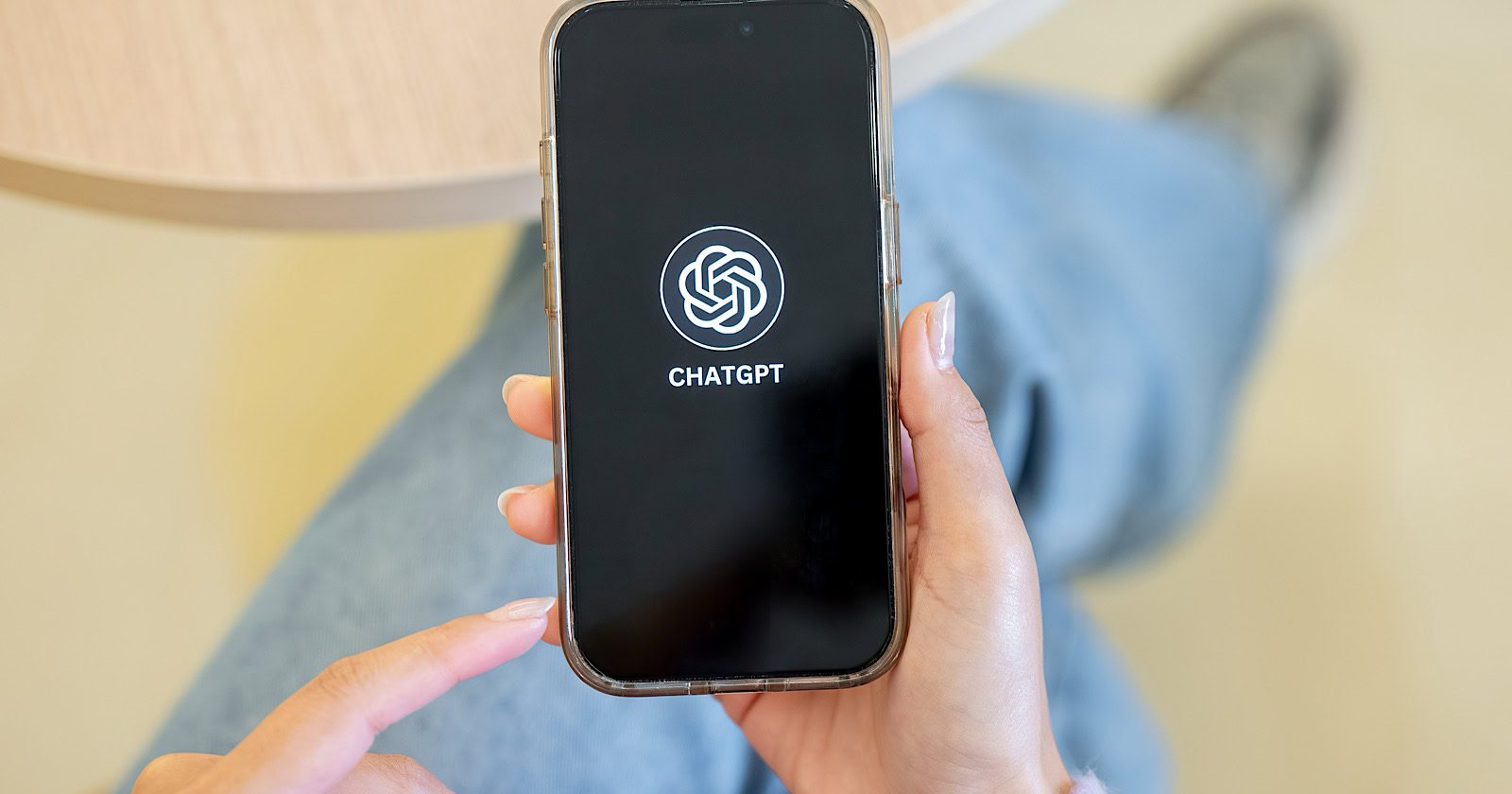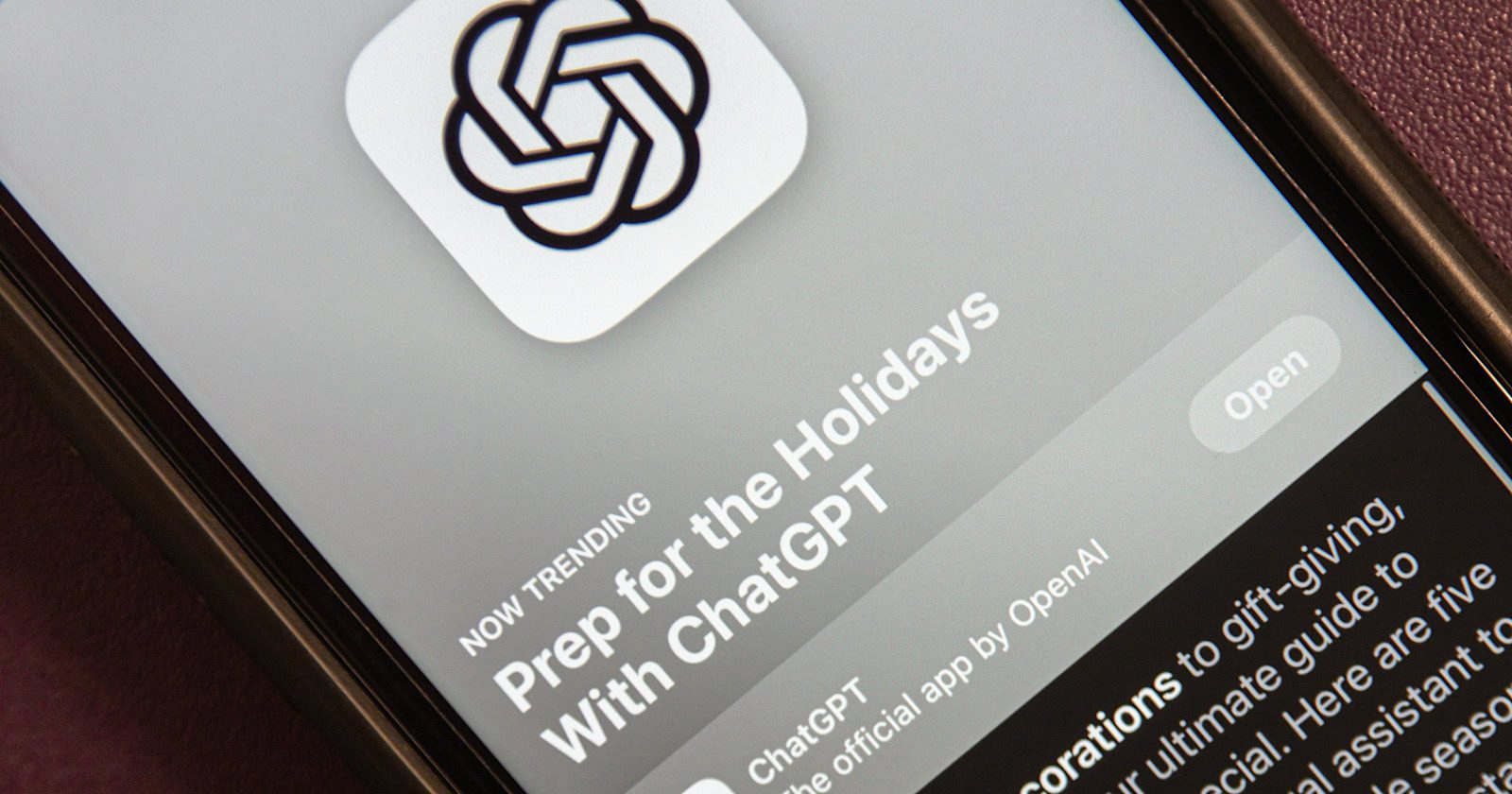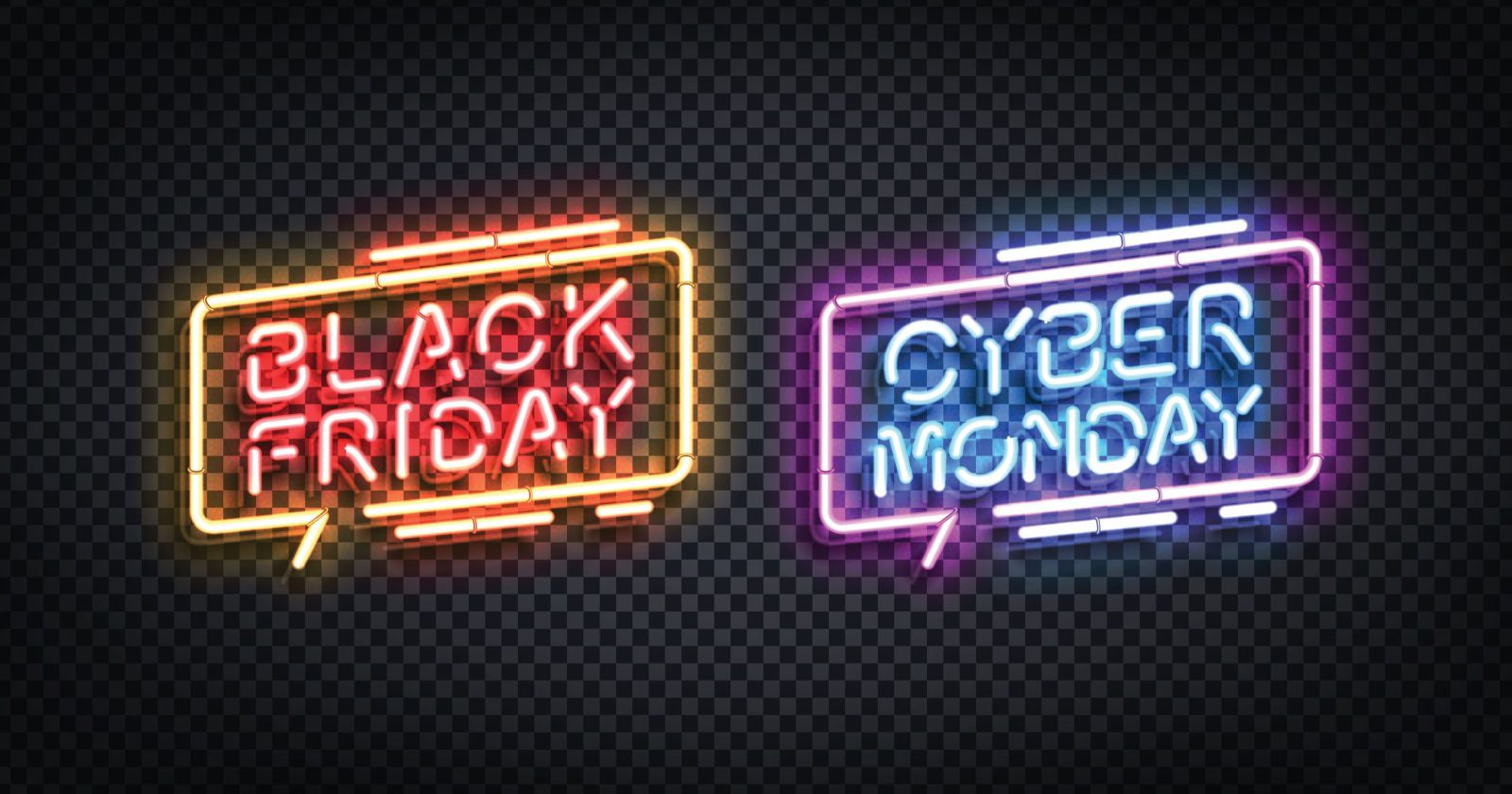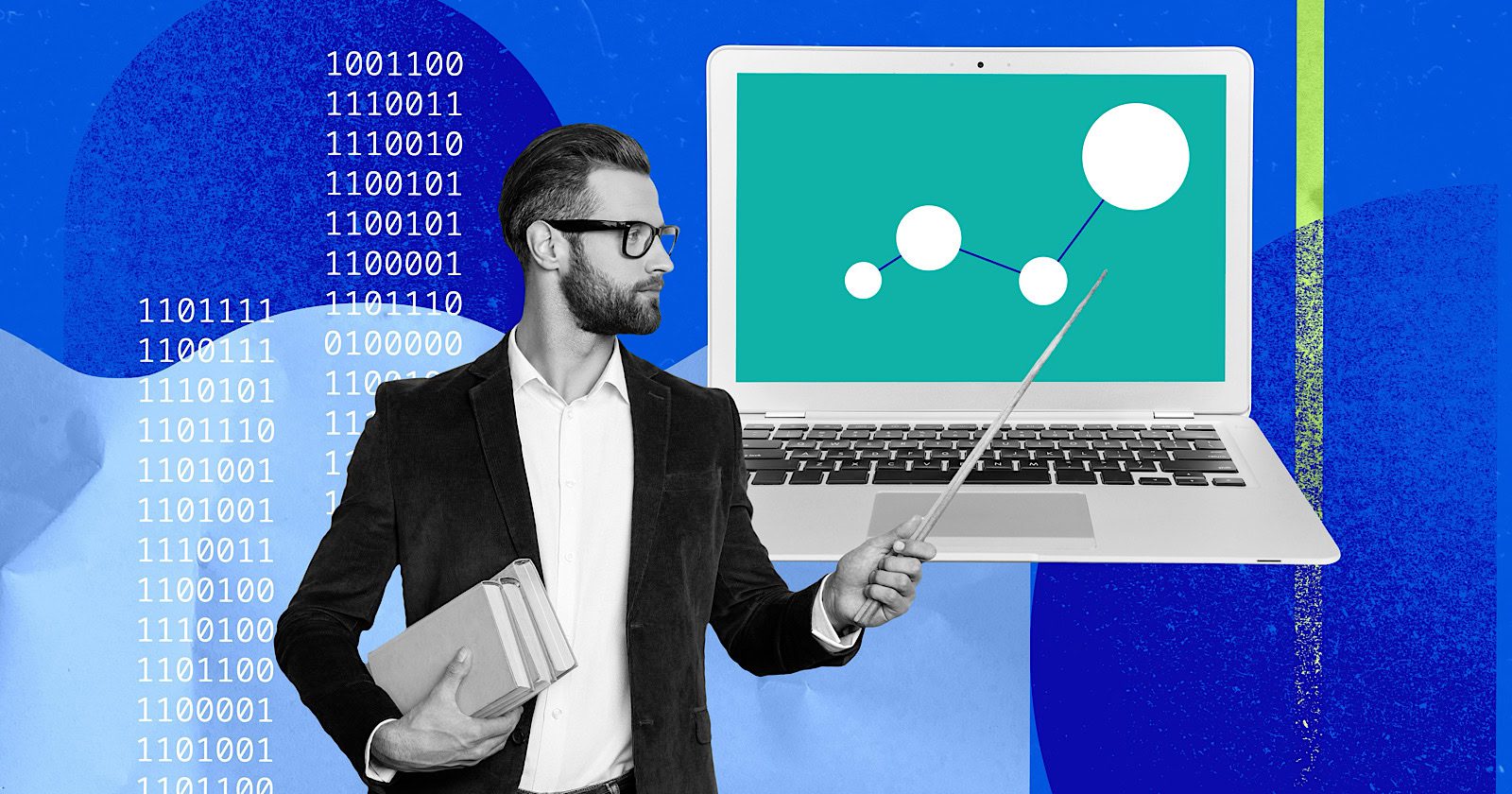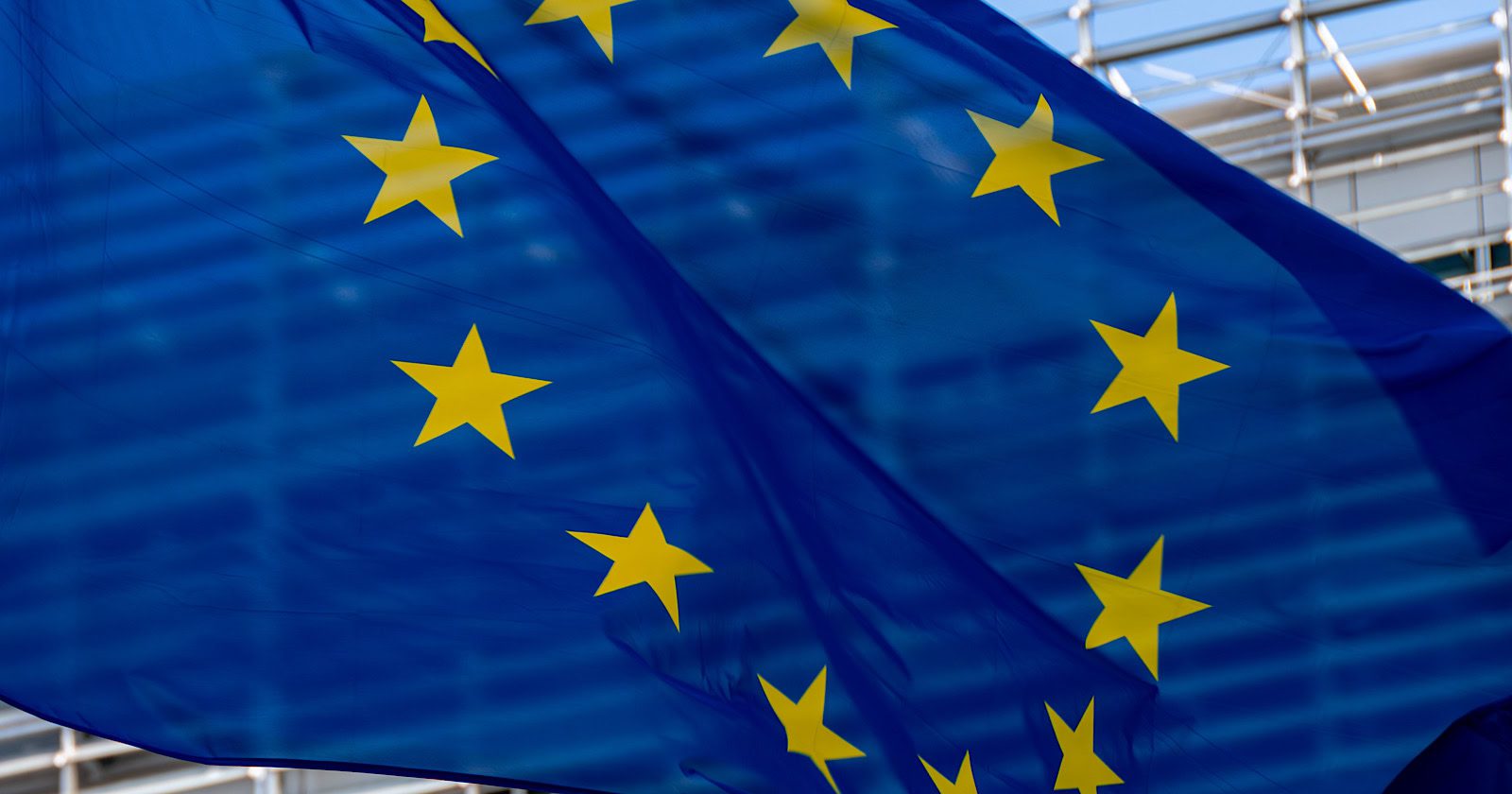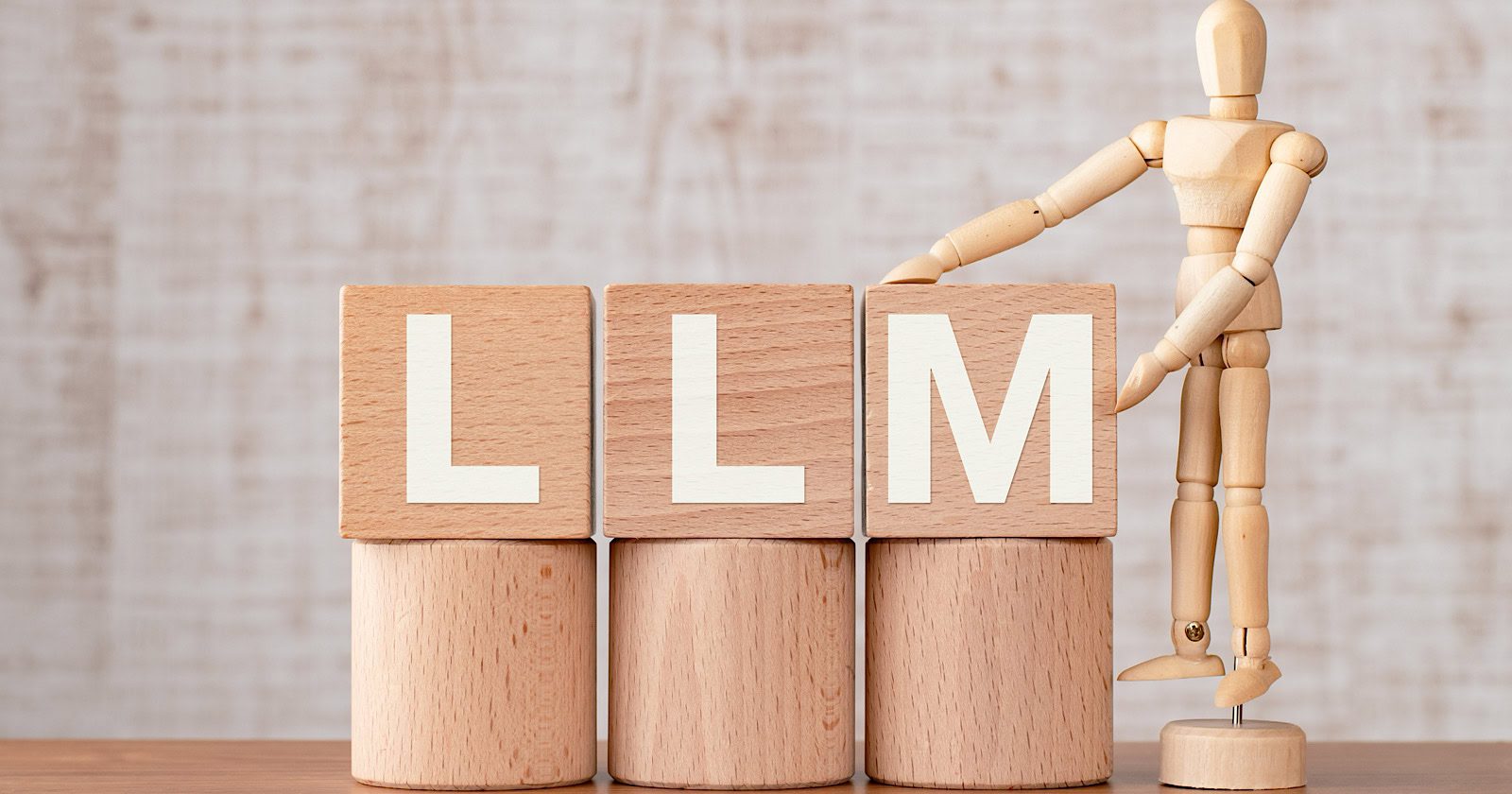SE Ranking analyzed 129,000 unique domains across 216,524 pages in 20 niches to identify which factors correlate with ChatGPT citations.
The number of referring domains ranked as the single strongest predictor of citation likelihood.
What The Data Says
Backlinks And Trust Signals
Link diversity showed the clearest correlation with citations. Sites with up to 2,500 referring domains averaged 1.6 to 1.8 citations. Those with over 350,000 referring domains averaged 8.4 citations.
The researchers identified a threshold effect at 32,000 referring domains. At that point, citations nearly doubled from 2.9 to 5.6.
Domain Trust scores followed a similar pattern. Sites with Domain Trust below 43 averaged 1.6 citations. The benefits accelerated significantly at the top end: sites scoring 91–96 averaged 6 citations, while those scoring 97–100 averaged 8.4.
Page Trust mattered less than domain-level signals. Any page with a Page Trust score of 28 or above received roughly the same citation rate (8.3 average), suggesting ChatGPT weighs overall domain authority more heavily than individual page metrics .
One notable finding: .gov and .edu domains didn’t automatically outperform commercial sites. Government and educational domains averaged 3.2 citations, compared to 4.0 for sites without trusted zone designations.
The authors wrote:
“What ultimately matters is not the domain name itself, but the quality of the content and the value it provides.”
Traffic & Google Rankings
Domain traffic ranked as the second most important factor, though the correlation only appeared at high traffic levels.
Sites under 190,000 monthly visitors averaged 2 to 2.9 citations regardless of exact traffic volume. A site receiving 20 organic visitors performed similarly to one receiving 20,000.
Only after crossing 190,000 monthly visitors did traffic correlate with increased citations. Domains with over 10 million visitors averaged 8.5 citations.
Homepage traffic specifically mattered. Sites with at least 7,900 organic visitors to their main page showed the highest citation rates.
Average Google ranking position also tracked with ChatGPT citations. Pages ranking between positions 1 and 45 averaged 5 citations. Those ranking 64 to 75 averaged 3.1.
The authors noted:
“While this doesn’t prove that ChatGPT relies on Google’s index, it suggests both systems evaluate authority and content quality similarly.”
Content Depth & Structure
Content length showed consistent correlation. Articles under 800 words averaged 3.2 citations. Those over 2,900 words averaged 5.1.
Structure mattered beyond raw word count. Pages with section lengths of 120 to 180 words between headings performed best, averaging 4.6 citations. Extremely short sections under 50 words averaged 2.7 citations.
Pages with expert quotes averaged 4.1 citations versus 2.4 for those without. Content with 19 or more statistical data points averaged 5.4 citations, compared to 2.8 for pages with minimal data.
Content freshness produced one of the clearer findings. Pages updated within three months averaged 6 citations. Outdated content averaged 3.6.
Surprisingly, the raw data showed that pages with FAQ sections actually received fewer citations (3.8) than those without (4.1). However, the researchers noted that their predictive model viewed the absence of an FAQ section as a negative signal. They suggest this discrepancy exists because FAQs often appear on simpler support pages that naturally earn fewer citations.
The report also found that using question-style headings (e.g., as H1s or H2s) underperformed straightforward headings, earning 3.4 citations versus 4.3. This contradicts standard voice search optimization advice, suggesting AI models may prefer direct topical labeling over question formats.
Social Signals & Review Platforms
Brand mentions on discussion platforms showed strong correlation with citations.
Domains with minimal Quora presence (up to 33 mentions) averaged 1.7 citations. Heavy Quora presence (6.6 million mentions) corresponded to 7.0 citations.
Reddit showed similar patterns. Domains with over 10 million mentions averaged 7 citations, compared to 1.8 for those with minimal activity.
The authors positioned this as particularly relevant for smaller sites:
“For smaller, less-established websites, engaging on Quora and Reddit offers a way to build authority and earn trust from ChatGPT, similar to what larger domains achieve through backlinks and high traffic.”
Presence on review platforms like Trustpilot, G2, Capterra, Sitejabber, and Yelp also correlated with increased citations. Domains listed on multiple review platforms earned 4.6 to 6.3 citations on average. Those absent from such platforms averaged 1.8.
Technical Performance
Page speed metrics correlated with citation likelihood.
Pages with First Contentful Paint under 0.4 seconds averaged 6.7 citations. Slower pages (over 1.13 seconds) averaged 2.1.
Speed Index showed similar patterns. Sites with indices below 1.14 seconds performed reliably well. Those above 2.2 seconds experienced steep decline.
One counterintuitive finding: pages with the fastest Interaction to Next Paint scores (under 0.4 seconds) actually received fewer citations (1.6 average) than those with moderate INP scores (0.8 to 1.0 seconds, averaging 4.5 citations). The researchers suggested extremely simple or static pages may not signal the depth ChatGPT looks for in authoritative sources.
URL & Title Optimization
The report found that broad, topic-describing URLs outperformed keyword-optimized ones.
Pages with low semantic relevance between URL and target keyword (0.00 to 0.57 range) averaged 6.4 citations. Those with highest semantic relevance (0.84 to 1.00) averaged only 2.7 citations.
Titles followed the same pattern. Titles with low keyword matching averaged 5.9 citations. Highly keyword-optimized titles averaged 2.8.
The researchers concluded: “ChatGPT prefers URLs that clearly describe the overall topic rather than those strictly optimized for a single keyword.”
Factors That Underperformed
Several commonly recommended AI optimization tactics showed minimal or negative correlation with citations.
FAQ schema markup underperformed. Pages with FAQ schema averaged 3.6 citations. Pages without averaged 4.2.
LLMs.txt files showed negligible impact. Outbound links to high-authority sites also showed minimal effect on citation likelihood.
Why This Matters
The findings suggest your existing SEO strategy may already serve AI visibility goals. If you’re building referring domains, earning traffic, maintaining fast pages, and keeping content updated, you’re addressing the factors this report identified as most predictive.
For smaller sites without extensive backlink profiles, the research points to community engagement on Reddit and Quora as a viable path to building authority signals The data also suggests focusing on content depth over keyword density.
The researchers note that factors are interdependent. Optimizing one signal while ignoring others reduces overall effectiveness.
Looking Ahead
SE Ranking analyzed ChatGPT specifically. Other AI systems may weight factors differently.
SE Ranking doesn’t specify which ChatGPT version or timeframe the data represents, so these patterns should be treated as directional correlations rather than proof of how ChatGPT’s ranking algorithm works.
Featured Image: BongkarnGraphic/Shuttersrtock


